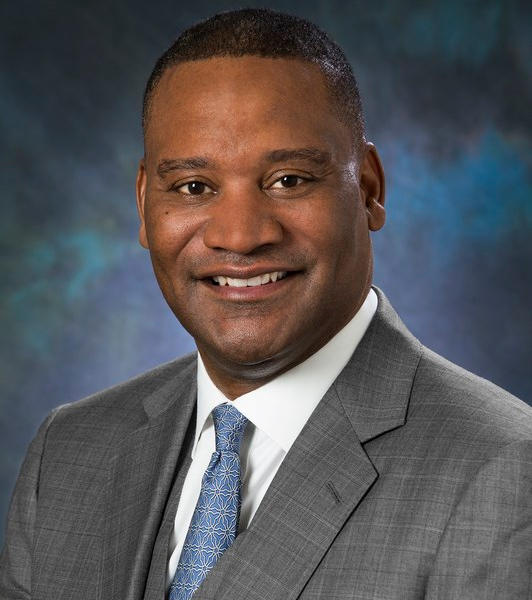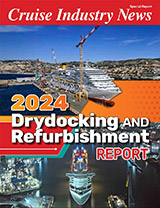 “We continue to grow, so I think the opportunities to work at Royal Caribbean are amazing. We continue to promote people at a record pace, and we continue to invest in and develop people from all around the world,” Paul T. Parker, senior vice president and chief human resources officer for Royal Caribbean Cruises, told Cruise Industry News.
“We continue to grow, so I think the opportunities to work at Royal Caribbean are amazing. We continue to promote people at a record pace, and we continue to invest in and develop people from all around the world,” Paul T. Parker, senior vice president and chief human resources officer for Royal Caribbean Cruises, told Cruise Industry News.
“With our growth, we are seeing that people are becoming more engaged, turnover is decreasing, and we think that is because people realize they have opportunities here, and they stay longer,” he continued.
“Our commitment is to the development of our people. That means increasing their skill levels and providing transparency on the skills people need to be promoted. In addition are the technical aspects of on-the-job training and managerial skills that we try to give them through classroom training.
“We try to set up curricula that allow people to understand what it takes to be promoted, what the opportunities are, and the skill sets that are required to advance at Royal Caribbean.”
One of the best examples of what is possible, according to Parker, is Michael Bailey, president of the Royal Caribbean brand. He started out as a purser, working his way through the system, including a stint in human resources.
He said there are many examples of people starting in various positions and through their own determination and the company’s efforts and development programs, have been able to reach their dreams.
And these opportunities are available to everyone, he said. “Our job is to make sure we are the most inclusive employer to get the best talent, to put people to work that can provide the best guest experience. We want the best of the best; nationality, race, background and sex do not matter to us.”
With approximately 72,000 employees around the world, Parker said the best way he can describe his future need is that he anticipates to have a 30 percent growth of the workforce over the next five years related to the new ships. He emphasized that this is a dynamic number in the context of recruitment, retention and promotions. With more opportunities for advancement, people stay longer, and there is less need to bring in people from the outside. “A focus is to create a promote-from-within culture,” he said. “We have people who have worked for us for a very long time and we intend to keep it that way.”
“I want to believe that we hire people that truly enjoy serving our guests,” he continued. “We think that having ongoing conversations about their aspirations, their concerns, what is creating friction, what’s keeping them distracted, how we can better engage them and provide things they need to be successful both personally and professionally is what is going to make us successful going forward.”
Parker’s approach to keeping crew happy at sea is to recognize that each is an individual and has their own aspirations and reasons for joining the ship. “I think recognizing that and taking the friction out of those issues and being human, being empathetic to their needs, and allowing them to control what they can control is important. Most people want to know that they have a future, that they have a career, what their earnings potential is, and that there is a path forward.
“At the same time we also want the environment they come to work in to be their family away from their family.
“Our success comes from the environment that we create both for the guest experience and the employee experience. We stay true to that.”
Excerpt from Cruise Industry News Quarterly Magazine: Spring 2017




